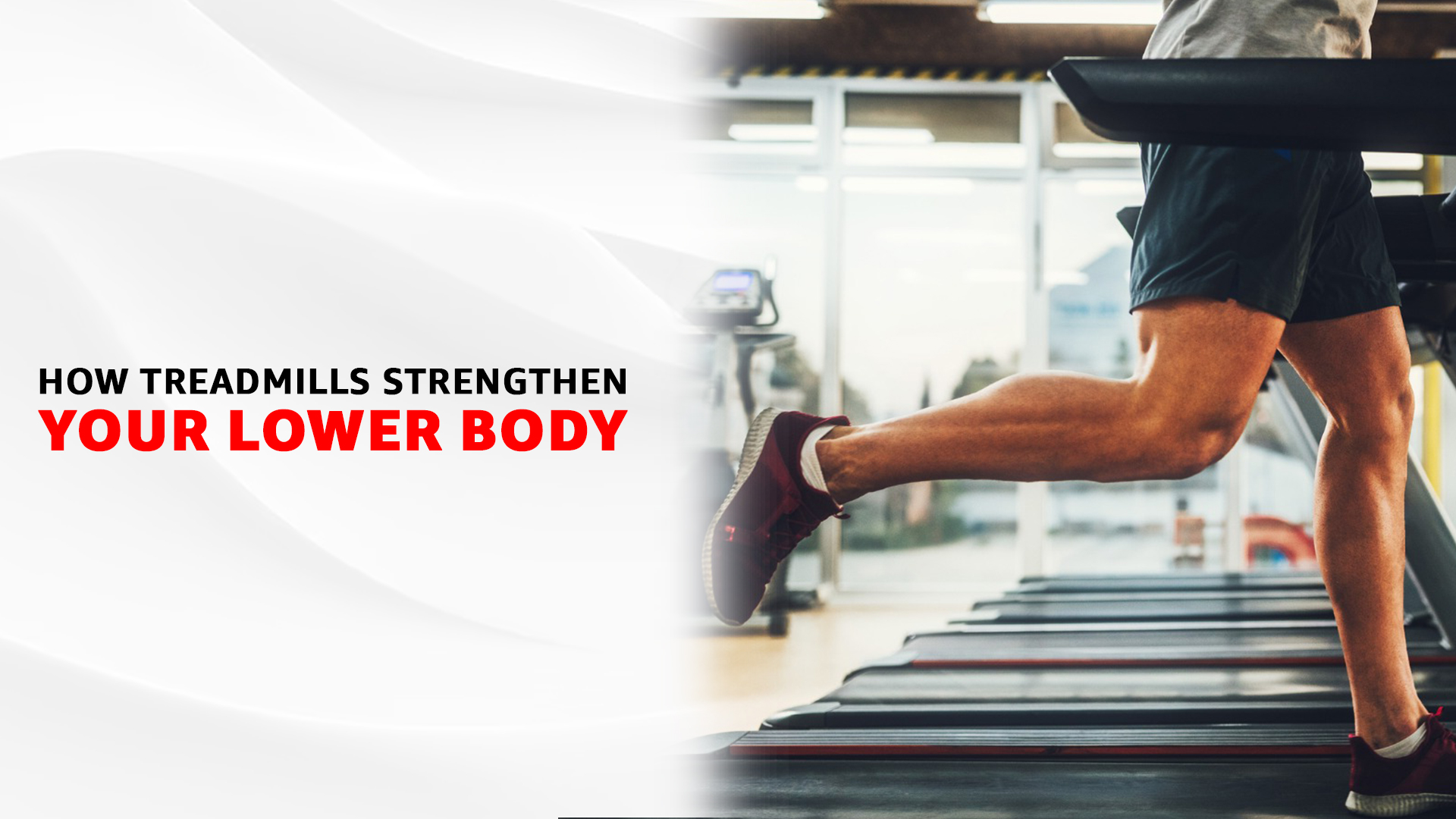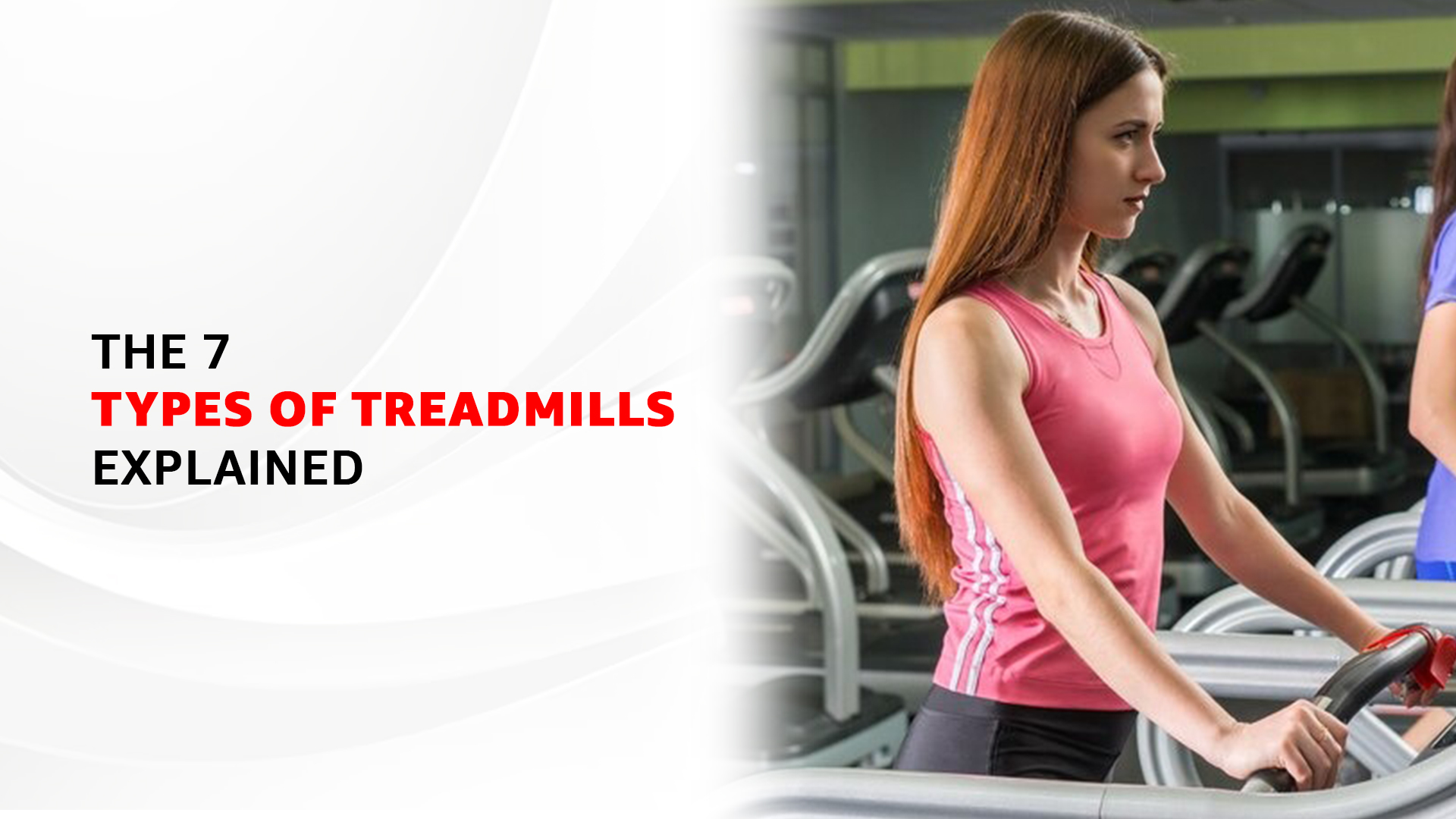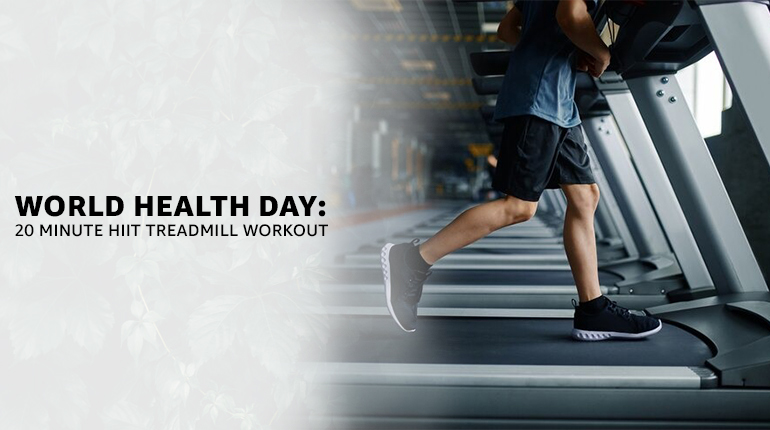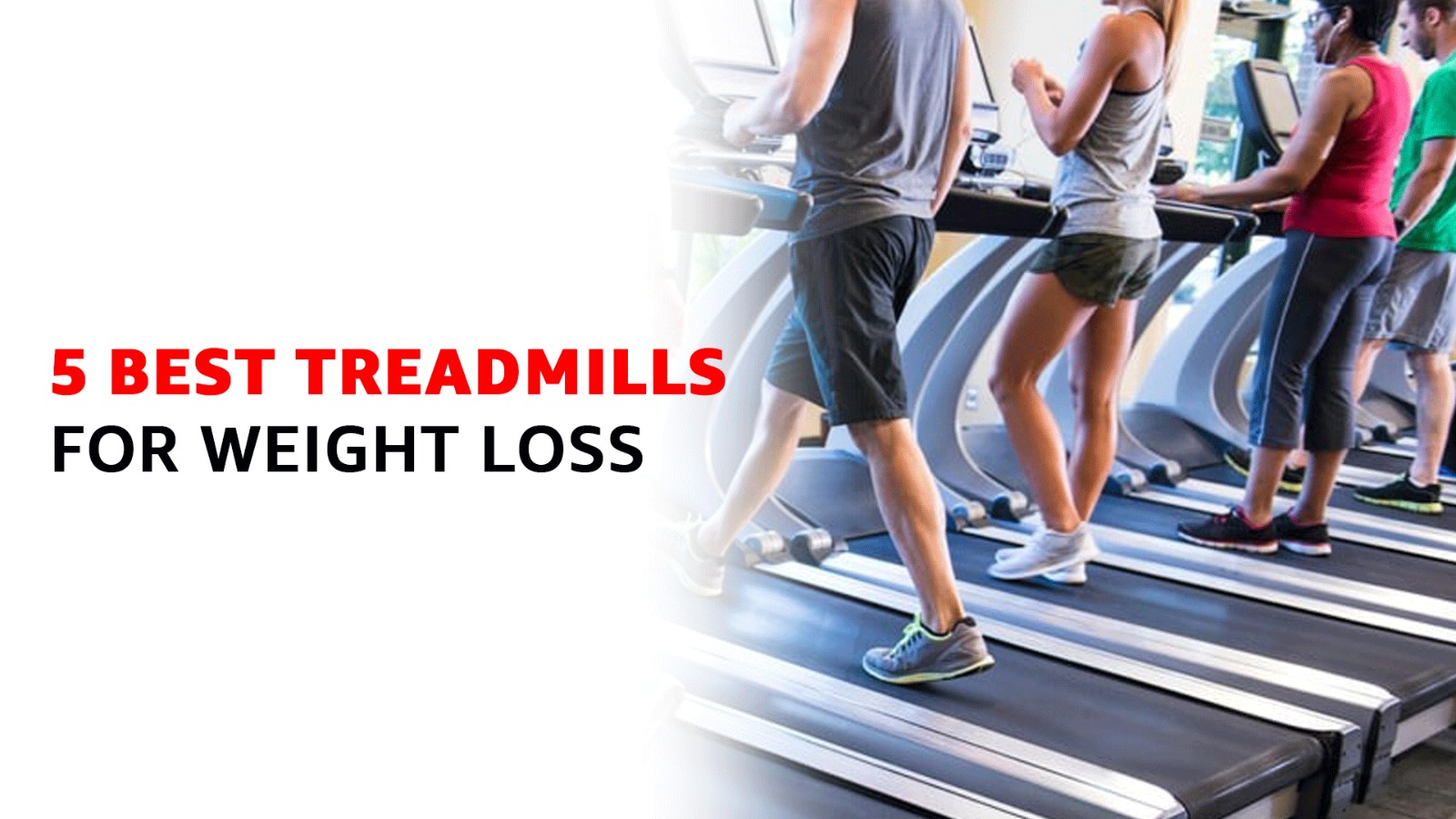How Treadmill Running Strengthens Your Lower Body

For runners, a strong lower body is the foundation for a powerful stride, injury prevention, and improved performance. Developing strong legs is essential, regardless of whether you’re running miles on a treadmill or hitting the pavement outside. But how exactly does treadmill running strengthen your lower body muscles?
This blog delves into the science behind treadmill workouts, exploring how different running techniques and incline training target specific muscle groups to create a well-rounded lower-body workout.
The Powerhouse Muscles: Quads, Hamstrings, and Glutes
Your lower body is a complex network of muscles, but three major players take center stage in running:
- Quadriceps (Quads): Located on the front of your thigh, the quads are responsible for extending your knee joint, propelling you forward with each stride.
- Hamstrings: Found on the backside of your thigh, the hamstrings work in conjunction with your quads, flexing your knee and providing stability during your run.
- Glutes: Your glutes, specifically the gluteus maximus, are the largest muscle in your body. They play a vital role in hip extension, providing power during your push-off phase.
How Treadmill Running Engages Your Lower Body
When you run on a treadmill, your legs work against your body weight with each stride. This continuous contraction and extension of your muscles is what leads to strength gains. Here’s a breakdown of how different running styles on a treadmill impact specific muscles:
- Flat Running: At a flat incline, you primarily target your quads. As your foot strikes the treadmill belt and your knee extends, your quads generate the force needed to propel you forward.
- Heel Strike vs. Midfoot Strike: Your foot strike technique can also influence how your lower body muscles are engaged. Heel strikers tend to rely more on their quads to absorb the impact, while midfoot strikers distribute the force across their quads, hamstrings, and glutes, potentially leading to a more balanced strengthening effect.
- Speed Variations: Running at different speeds on the treadmill creates a varying demand on your muscles. Slower, controlled runs focus on building muscular endurance in your quads and hamstrings, while faster sprints engage your fast-twitch muscle fibers, leading to increased power output.
The Uphill Challenge: Incline Training and Lower Body Strength
One of the biggest advantages of a treadmill is the ability to simulate running uphill through incline training. Inclines add an extra dimension to your workout, significantly boosting the benefits for your lower body:
- Increased Muscle Activation: Running uphill requires more effort, activating a greater number of muscle fibers in your quads, hamstrings, and glutes. Studies have shown that incline training leads to a higher level of muscle activation compared to running on a flat surface.
- Strength Building: The additional challenge of inclines translates to a more demanding workout for your lower body muscles. Over time, this resistance training helps build strength and power in your quads, hamstrings, and glutes.
- Improved Running Economy: Incline training can improve your running economy, which refers to the efficiency of your body at using oxygen during exercise. Stronger leg muscles require less oxygen to perform the same amount of work on flat terrain.
Different Incline Strategies for Targeted Strengthening
By incorporating various incline techniques into your treadmill workouts, you can focus on strengthening specific lower-body muscle groups:
- Building Power: Short bursts of high inclines (10-15%) followed by recovery periods on a flat surface mimic hill repeats often used by runners for building power. This strategy heavily targets your glutes and hamstrings, enhancing your explosive power during your push-off phase.
- Overall Strength and Endurance: Longer intervals at moderate inclines (3-5%) provide a more balanced workout, engaging all your major lower body muscle groups while building overall strength and endurance.
- Glute Activation: Walking uphill on a high incline (10%+) is a great way to specifically target your glutes. This low-impact exercise can be particularly beneficial for beginners or those recovering from injuries.
Maximizing Your Lower Body Gains on the Treadmill
Here are some additional tips to ensure you’re getting the most out of your treadmill workouts for a strong lower body:
- Proper Form: Maintaining good running form is crucial for injury prevention and maximizing muscle engagement. Focus on a high knee lift, a neutral spine, and a midfoot strike to ensure optimal activation of your lower body muscles.
- Warm-Up and Cool-Down: Don’t skip your warm-up and cool-down routines. A dynamic warm-up helps prepare your muscles for the workout, while a cool-down promotes recovery and reduces muscle soreness.
- Progressive Overload: To keep challenging your muscles and promoting growth, gradually increase the intensity of your treadmill workouts over time. This can involve running at faster speeds, increasing inclines, or extending the duration of your workouts.
- Strength Training: While treadmill running is excellent for building cardiovascular endurance and lower body strength, incorporating specific strength training exercises can further enhance your results. Exercises like squats, lunges, and glute bridges target your lower body muscles in a more isolated way, leading to additional strength gains.
Also Read: Top 7 Treadmills Under 30000 for Home Use
Beyond Strength: Additional Benefits for Your Lower Body
While building strength is a major advantage of treadmill running, the benefits for your lower body extend even further:
- Improved Stability: Regular treadmill running can improve your overall balance and stability. This is particularly important for injury prevention, as strong and coordinated legs are less susceptible to getting injured.
- Increased Bone Density: Running can help maintain bone density in your lower body, reducing the risk of osteoporosis later in life.
- Enhanced Flexibility: Treadmill running, especially with dynamic stretches incorporated into your warm-up and cool-down, can improve the flexibility of your hamstrings, calves, and ankles, leading to a smoother stride and better running efficiency.
Conclusion: Building a Strong Lower Body with Treadmill Running
The treadmill can be a powerful tool for building a strong, resilient lower body. By understanding the science behind how different running techniques and inclines target specific muscle groups, you can tailor your workouts to achieve your goals. Remember to prioritize proper form, listen to your body, and incorporate variety into your routine to maximize your gains. With dedication and consistency, you’ll be well on your way to a powerful lower body that propels you to running success.
Categories
Tags
Recent Posts
Folding Treadmills vs. Non-Folding Treadmills: Which is Right for You?
May 25, 2024
7 Types of Treadmills – Finding the Perfect Treadmill for Your Goals
May 11, 2024
Celebrate World Health Day with A 20-minute HIIT treadmill workout
April 6, 2024The Benefits of Incline Walking vs Running on Flat Ground
March 9, 2024
